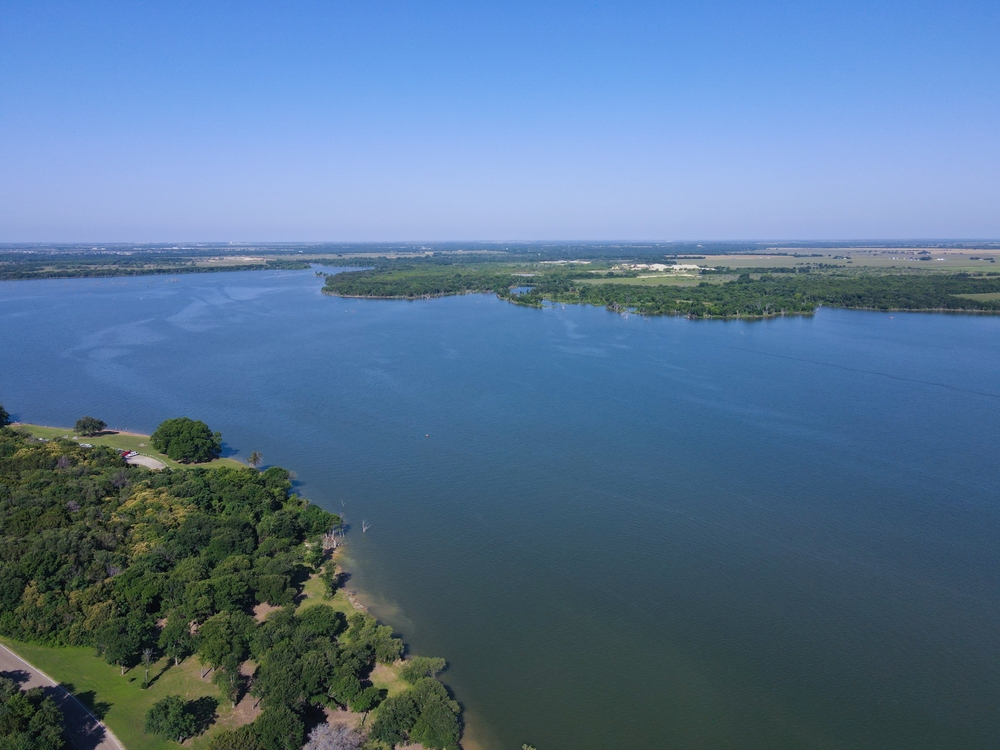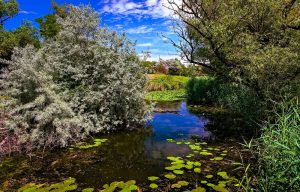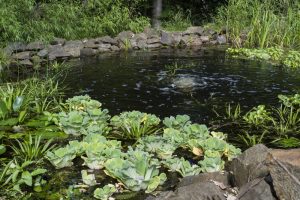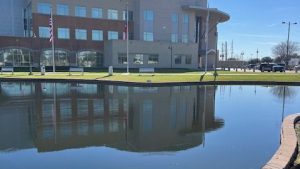Ponds and lakes are valuable natural resources that require careful management to maintain their health and beauty. Shoreline restoration plays a crucial role in preserving these aquatic ecosystems by addressing erosion, enhancing habitat, and promoting water quality. In this blog post, we will explore various shoreline restoration techniques we use.
Understanding Shoreline Restoration
Before we delve into specific techniques, let’s briefly understand the concept of shoreline restoration in the context of pond and lake management. Shoreline restoration involves implementing strategies to stabilize eroding shorelines, improve aquatic habitats, and enhance the overall health of these water bodies. By utilizing effective restoration techniques, we can ensure the longevity and resilience of ponds and lakes, benefiting both the ecosystem and those who enjoy them.
Erosion Control Techniques
Shoreline erosion is a common challenge in pond and lake management that demands immediate attention. To combat erosion, several erosion control techniques can be employed.
Soft stabilization methods:
Soft stabilization methods utilize natural materials and vegetation to stabilize the shoreline. Planting native wetland species along the shoreline can create a vegetative buffer, reducing erosion caused by wave action and promoting sediment deposition. Additionally, constructing soil retention structures, such as coir logs or geotextile fabric, can help stabilize eroding banks and prevent further erosion.
Hard stabilization methods:
Hard stabilization methods involve the installation of physical structures to protect the shoreline. Riprap, composed of large rocks or stones, can be strategically placed along the shoreline to dissipate wave energy, reduce erosion, and create a habitat for aquatic organisms. Similarly, the construction of rock revetments or gabions can provide effective shoreline protection while maintaining a natural aesthetic.
Vegetation Management Techniques
Vegetation management is an essential aspect of shoreline restoration in pond and lake management. Proper vegetation control helps maintain a balanced ecosystem and prevents the encroachment of undesirable plant species.
Selective clearing and removal of invasive vegetation is crucial to prevent overcrowding and maintain a healthy balance of native aquatic plants. This process may involve manual removal, herbicide treatments, or the use of biological controls to manage invasive species without harming the native flora and fauna.
Establishing and maintaining a diverse aquatic plant community can contribute to shoreline stability and improve habitat for fish, amphibians, and other aquatic organisms. Strategic planting of native vegetation, such as emergent plants, submerged aquatic plants, and floating vegetation, can provide natural shoreline stabilization, nutrient uptake, and filtration benefits.
Wetland Creation and Enhancement
Wetlands play a vital role in pond and lake ecosystems by improving water quality, providing wildlife habitat, and reducing shoreline erosion. Creating or enhancing wetlands adjacent to ponds and lakes can have significant benefits for their management.
Creating these environments involves constructing new wetland areas within the pond or lake ecosystem. These wetlands act as natural filters, capturing sediment and pollutants while providing habitat for a wide range of aquatic species. Proper design and hydrological management are essential for the success of wetland creation projects.
Wetland enhancement focuses on restoring degraded or existing wetlands. This can involve removing invasive species, reestablishing native vegetation, and improving water circulation to enhance the wetland’s ecological functions. Enhancing wetlands not only helps stabilize shorelines but also promotes biodiversity and improves overall pond and lake health.
Trust Waterline
Effective shoreline restoration techniques are vital for the proper management of ponds and lakes. By employing erosion control methods, managing vegetation, and enhancing wetlands, we can ensure the long-term health and beauty of these valuable water resources. Whether it’s preventing shoreline erosion or promoting the health of wetland habitats, our expertise makes a difference.
If you’re looking for professional pond and lake management services, contact us today. Our expertise in shoreline restoration and overall aquatic ecosystem management can help ensure the beauty and sustainability of your cherished water body.



